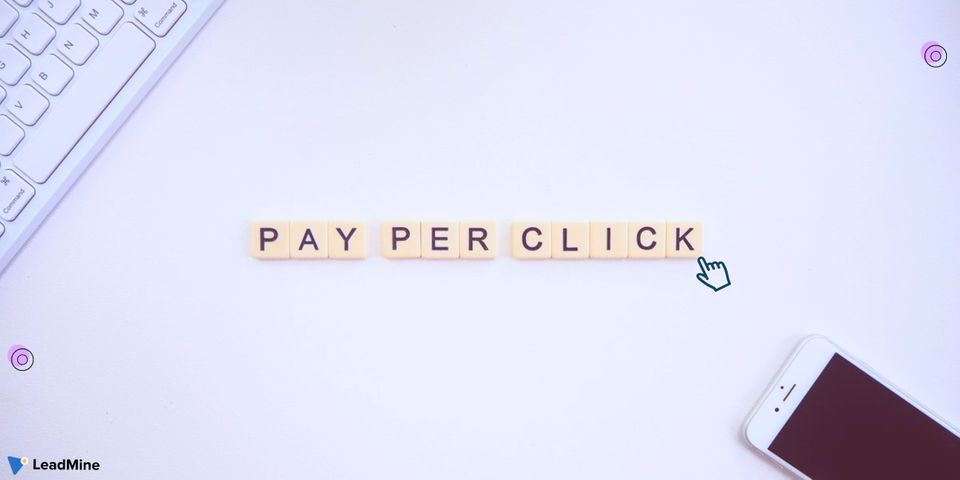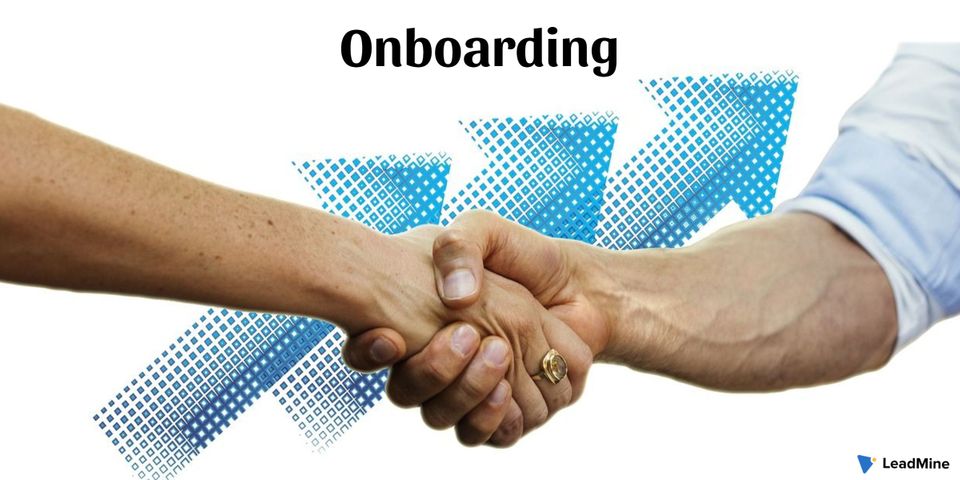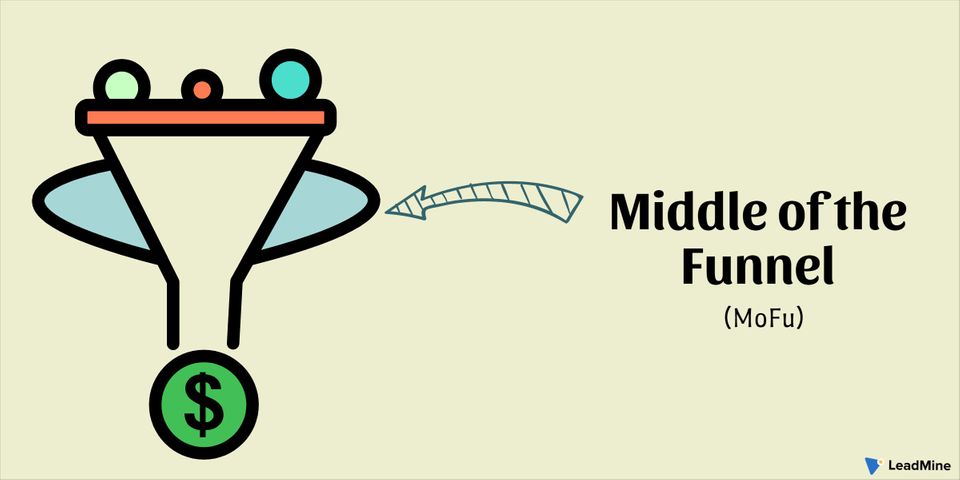One of the primary goals of any company is to attract new customers, and large quantities of money are devoted to this goal. You need people who are interested in your goods or services, not just web scrollers, to survive and prosper. But how do you know for sure that this is it? The solution has to do with leads.
Here how it’s done:
- What is Lead?
- Types of Lead
- Classifying Leads
- Qualifying Leads
- How to Turn a Lead into a Customer?
- Conclusion
What is Lead? 🤔
A lead (pronounced "leed") is a marketing term that refers to a relationship established with a potential customer or client. Online advertising aims to create leads, which can then lead to sales or subscriptions for a business or organization.
A lead is someone who has shown interest in your business's products or services. They've sent you at least some basic information, indicating that they may be interested in buying from you. They may have sent you their contact details, interacted with your website, or subscribed to your blog.
Since people have different interests and needs, not everyone would be a good leader for every business. Similarly, not all leads are produced equally.
Online lead generation is the method of generating leads over the internet. This can be done by using a service like Google AdWords or Bing Ads to run ads or by buying advertising space directly on other websites. Advertisers can run CPC (cost per click) or CPA (cost per action) ads, each of which can generate leads.
When a user fills out and submits a form on a website, an online lead is formed. The number of fields needed varies by lead type. An online form for potential customers, for example, could be available on a car dealer's website. Your name, email address, physical address, phone number, and the best time to contact you may be requested on the form.
Other types are simpler, requiring only an email address. When you sign up for a newsletter or download a software program, you're likely to generate these types of leads. Any details collected in a lead can be used to contact you for marketing purposes at a later date.
Types of Lead 😊
A lead is typically a customer's contact information and, in some cases, demographic information about who is involved in a particular product or service. There are two types of leads in the lead generation industry: marketing leads and sales leads.
- Marketing Lead
Marketing leads are leads created specifically for a particular advertiser bid. Marketing leads, in comparison to sales leads, are only sold once. Since accountability is a requirement for generating marketing leads, mapping leads to their origin will help improve marketing lead campaigns. - Sales Lead
Demographic parameters such as FICO score (United States), income, age, household income, psychographic, and so on are used to generate sales leads. These leads are resold to a variety of companies. The salesforce usually follows up on sales leads with phone calls, emails, or social selling. In the mortgage, SaaS, insurance, and finance industries, sales leads are popular.
Classifying Leads 🤓
In most cases, the first step in the sales process is to generate leads. It entails attracting, nurturing, and persuading prospective customers to make a purchase from you.
A sales prospect, on the other hand, is a contact who has expressed interest in working with you. You're having a two-way conversation with them and there are signals that there's real promise there. Various approaches, such as content marketing and email marketing, can be used to generate leads in the first place.
Blog posts, case studies, infographics, e-books, videos, and social media are all examples of content marketing. Newsletters, lead nurturing emails, and brand story emails are all examples of email marketing.
Both of these tactics have become more relevant as more markets have moved to the digital space and competition has tightened.
Qualifying Leads 🧐
Now, a short word about lead qualification. Just because you've gotten some leads doesn't mean you're going to make a deal. Qualification aids in determining whether or not a lead will be purchased. Consider the following as a reference:
- Examine the organization's profile if your lead is a B2B business.
- Consider the BANT process, which takes into account the lead's budget, authority, needs, and timeline.
- Compare the lead's profile to the profile of your ideal buyer.
- Taking the lead: Assign a ranking based on the amount of time the lead spends interacting with your marketing materials.
You'll be able to automate or even use a hyper-automation tool to streamline sections of the lead management process along the way.
How to Turn a Lead into a Customer? 😓
Developing an efficient lead follow-up process will help you avoid missing out on future opportunities. The following are the four tactics that should be used in your strategy.
#1 Follow-up on Your Leads As Soon As Possible
When it comes to following up on leads, speed is the name of the game. According to The Harvard Business Review, companies that follow up within an hour of receiving an online question from a potential customer are seven times more likely to have substantive interaction with a key decision-maker than those that wait just an hour longer.
#2 Segment Your Contact Lists and Qualify Your Leads
Each potential client you meet will have a different budget and set of requirements, and their purchasing process can be lengthy.
Understanding the purchasing habits of your target market and segmenting your leads will help you figure out who is ready to buy and who needs more time to get to know your business. You will more easily build content that targets your lead groups and converts them into customers if you know where they are in their decision-making process.
#3 If Your Leads aren't Ready to Buy, Nurture Them
Even if you can't predict when your customer will be ready to buy, gaining a better understanding of their buying patterns will put you in a better position to win their market.
#4 Find Out What Works Best for You and Keep Track of It
If you advertise on the right sites, such as Google, the leads you receive online should be of high quality. However, aligning the sales and marketing efforts is critical to turning them into paying customers. At the very least, ensure that your teams are communicating frequently and openly about your latest online tactics, how your projects are going, and how the sales process is progressing. Your marketing team, like your sales team, needs lead input.
If your sales team isn't able to contact all of the leads, convey your pain points to your marketing team so that they can adjust as needed.

Conclusion
Any company faces the challenge of attracting new customers. It doesn't stop there. After that, you must qualify those who have expressed an interest in your business.
The lead generation funnel makes it easier to keep track of the process. Inbound and outbound methods can also be used to produce leads. You may use a variety of marketing techniques, such as targeted emails, newsletters, blog posts, and social media.
Are you ready to generate leads? Do share your thoughts with LeadMine.





